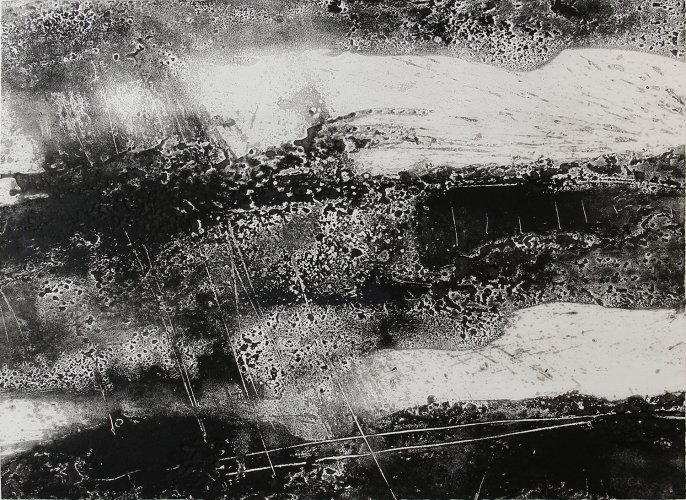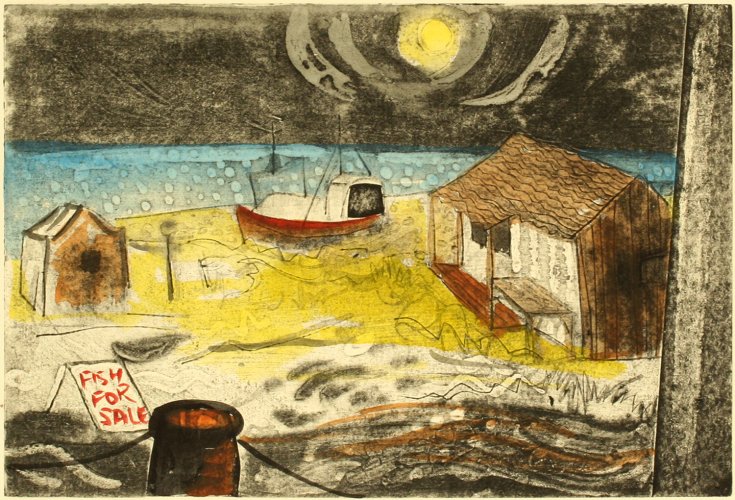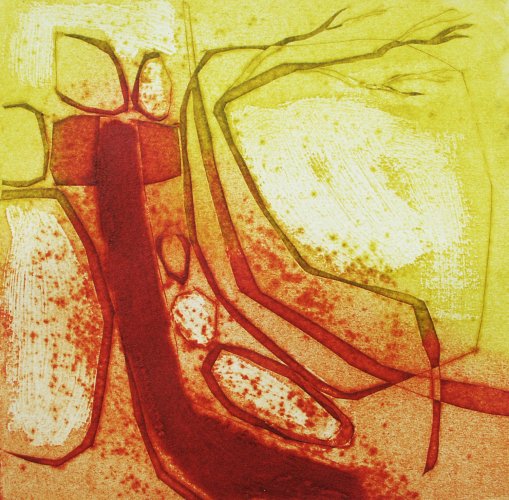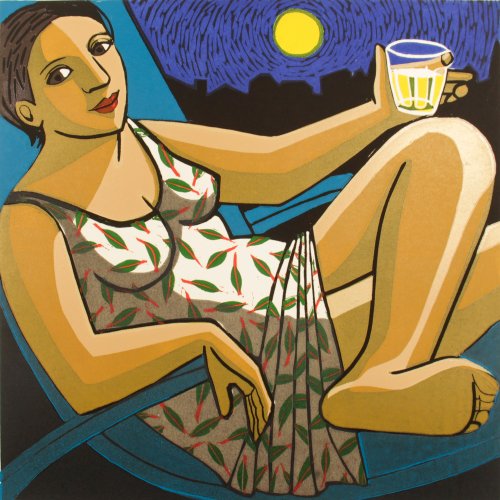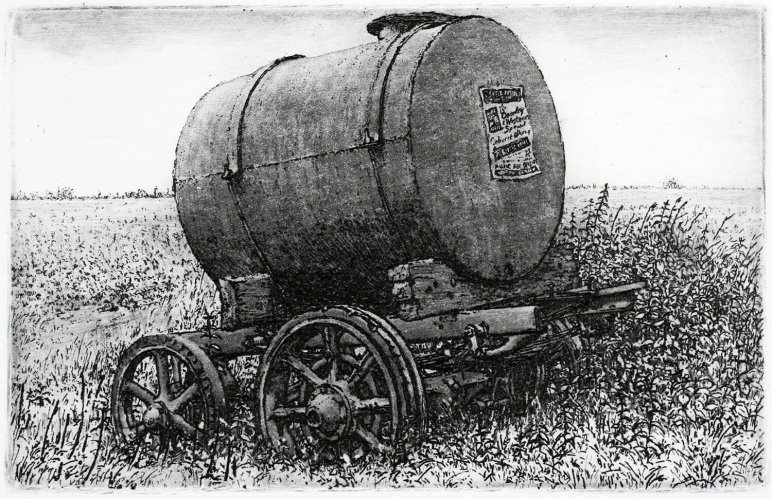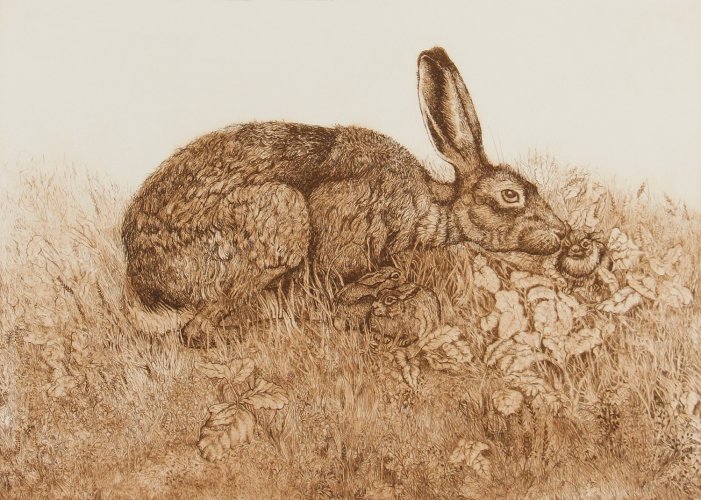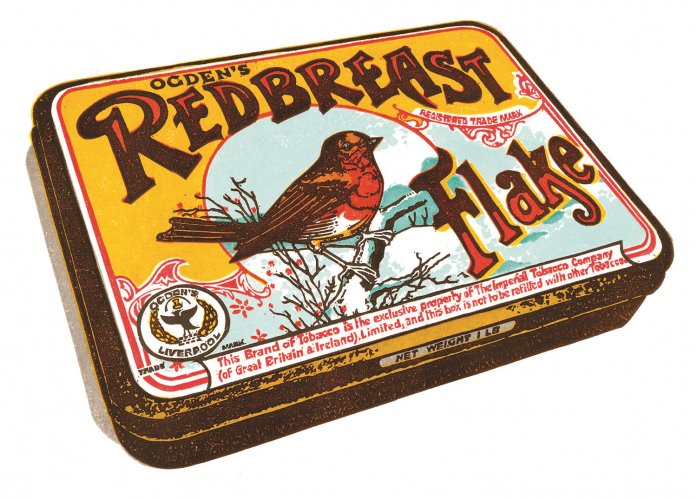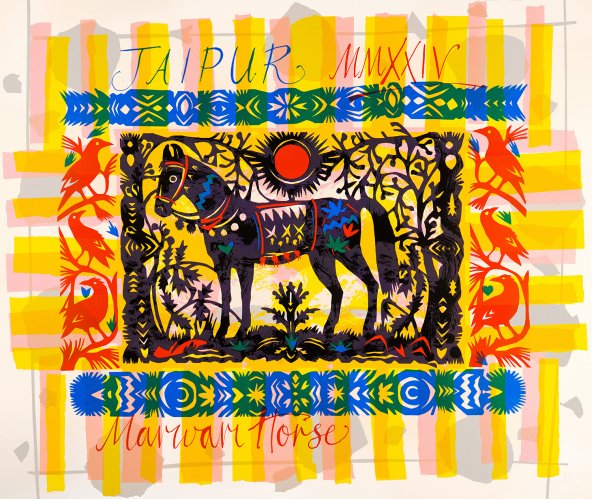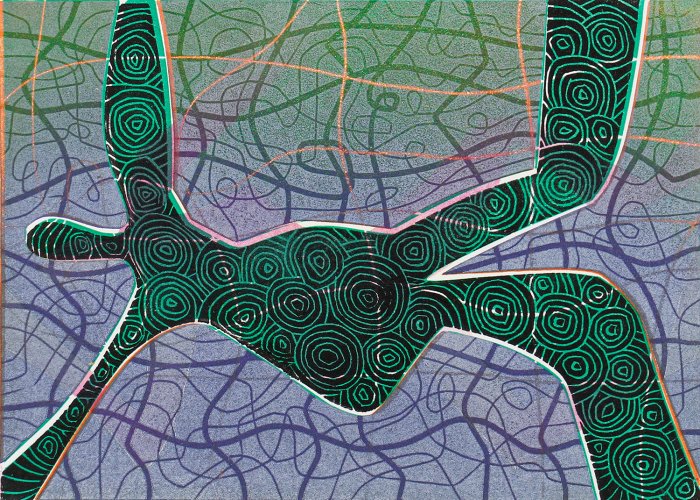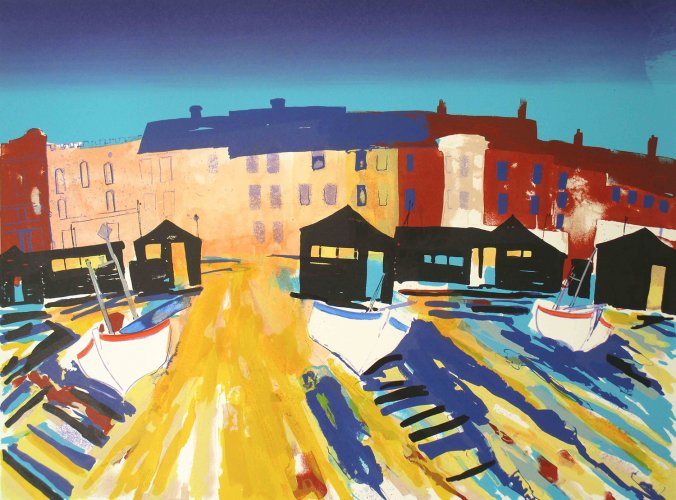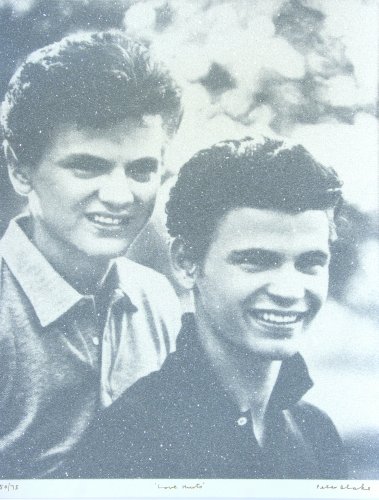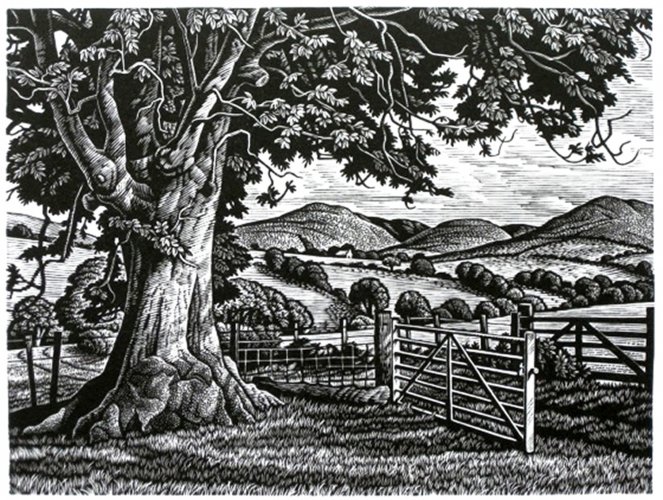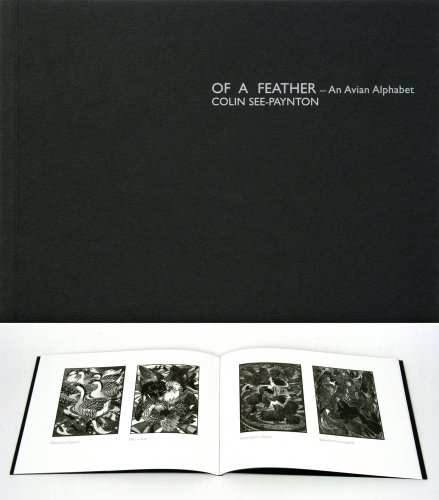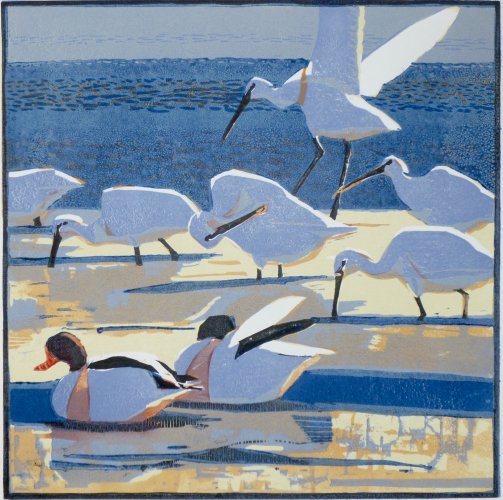Put simply, a print is a method of image-making that allows the work of art to be created more than once.
The size of the edition produced is determined by the artist, or by the actual printing process itself. It is standard practice today for an artist to indicate the number of prints in a particular edition and to number each print in sequence. The artist may designate an additional number of prints (usually no more than 10% of the total edition) as trial images, called artist proofs (A/P). These numbers or letters are usually written beneath or beside the print and constitute the artist's guarantee that no more than the designated number of prints will be pulled. It is customary, once the full edition has been printed, for the artist to deface or permanently mark the plate or block from which the prints were pulled.
In this section:
- Aquatint
- Carborundum
- Collagraphy
- Drypoint
- Etching
- Intaglio
- Linocut
- Lithograph
- Mezzotint
- Mixed Media (Printmaking)
- Monotype
- Relief Printing
- Screenprint
- Serigraphy (Screenprinting)
- Silkscreen
- Wood Engraving
- Woodcut
- Aquatint
Aquatint is used to etch large areas of even tone. To create the desired tone, an even layer of powdered resin is dusted over the surface of the plate. The plate is then heated and the resin melts. The acid bites into the metal plate between the grains of resin. The resin is then removed ready for proofing.
See also Etching (below).- Back to top
- Carborundum
In carborundum printmaking, the areas in the plate which are to print black are covered with a mixture of carborundum, an industrially produced substance, and a binding agent. When dry that area retains ink just as in any other intaglio process. Carborundum printing gives a rich velvety surface.
See artists:
- Back to top
- Collagraphy
Derived from two words - 'Colla'meaning 'to stick' and 'Graphos' meaning 'to write'
In a collagraph, the plate is built up and manipulated by the artist, using a collage-like process which combines materials as diverse as cardboard, fabric, gesso, PVA glue, string, sandpaper, tissue, and found objects. The artist can also draw lines into the gesso before it hardens. As a result, the plate may print as both relief and intaglio. Collagraph prints are usually pulled on a press.
See artists:
- Back to top
- Drypoint
Drypoint, as the name implies, creates lines without the use of a mordant (corrosive chemical). The artist draws directly into the plate using a sharp pointed steel tool. With Drypoint however, not only is a line inscribed into the surface, but a burr is pushed up, similar to the furrow of soil thrown up by a plough. When the plate is inked and wiped, both the inscribed mark and the burr hold the ink, printing as a thick, velvety line.
See artists:
- Back to top
- Etching
In Etching a metal plate is first covered with an acid-resistant material which consists of bees wax, bitumen and resin. The plate is gently heated and the wax ground is melted on to the surface and spread evenly in a thin layer using a roller or dabber. The plate is allowed to cool, the wax hardens and is then ready for the design to be scratched through, exposing the metal below.
Alternatively, or in combination with, a bitumen based varnish can be used to paint out the areas of the plate you do not wish the acid to effect. The whole plate is then immersed in acid. This burns or etches only the exposed areas where the design has been drawn.
The resist is then removed and ink applied. The ink is wiped clean from the surface of the plate, remaining only in the etched areas, and the plate is then printed under a high pressure press to transfer the ink from the etched design onto dampened paper. This process leaves the characteristic embossed plate mark impressed into the paper at the edges of the image.
Colour and tonal areas are possible using aquatint (see above).
See artists:
- Back to top
- Intaglio
An Intaglio Print is made by cutting into a flat surface by hand as in 'engraving' or by using acid to burn into a metal plate as in 'etching'. Ink is rubbed into the hollows and the surface wiped clean of excess ink. Dampened paper is then placed over the inked plate and is passed through a rotary press, forcing the paper into the inky hollows, leaving the paper embossed by the plate.
- Back to top
- Linocut
A linocut is a variant of woodcut in which a sheet of linoleum which is relatively soft and easy to cut (sometimes mounted on a wooden block for additional support) is used for the relief surface. Once the image has been drawn onto the lino surface the artist uses a variety of gouges and cutting tools to carve away those areas of the image that are to remain clear of colour and only show the white of the paper. The linoleum sheet is then inked with a roller, and then impressed onto paper or fabric. For colour prints the artist then cuts away the areas which are to remain the colour just printed, the plate is inked with the next colour and printed again. For each succeeding colour this process is repeated getting darker each time until the final colour layer, black, is applied. The actual printing can be done by hand or with a press.
See artists:
- Back to top
- Lithograph
Lithography is based on the simple principle that grease and water do not mix. Originally limestone blocks were used but more commonly zinc and aluminium plates treated to simulate stone. The artist can draw on the smoothed surface with a wide range of materials such as crayons, paints, inks etc and manipulate the image in innumerable ways. Lithography affords the artist a wide range of graphic and painterly freedom. The image is printed by chemically treating the stone to ensure that the drawn areas attract ink while the unmarked areas repel it. Ink is then rolled over the stone, printmaking paper set in place, and a scraperbar pulled across the paper to transfer the ink to the paper. Only one colour ink can be applied at a time, which makes the process time-consuming.
See artists:
- Back to top
- Mezzotint
(mezzo = half and tinta = tone), a reverse engraving process used on a copper or steel plate to produce images in relief with effects of light and shadow. In mezzotint, the artist uses a tool called a rocker to laboriously cover the entire surface of the plate with pits. If a print were pulled at this point, it would be almost solid black. To create an image, the artist uses a burnisher to smooth the rough metal down into lines and areas that will not catch ink. In other words, the mezzotint artist is creating a white image on a dark ground.
- Back to top
- Mixed Media (Printmaking)
A mixed media print refers to a work produced using two or more printing processes. Combinations are endless, reflecting the creativity and skill of the artist. Prints can be made using found objects which are arranged, inked and printed in the same way as etched or engraved plates.
- Back to top
- Monotype
A monotype is a one-off print technique made by painting on a sheet of metal or glass and transferring the still-wet-painting to a sheet of paper by hand or with an etching press. If enough paint remains on the master plate, additional prints can be made, however, the reprint will have substantial variations from the original image. Monotype printing is not a multiple-replica process since each print is unique.
See artists:
- Back to top
- Relief Printing
A Relief Print is made by cutting the image out of a flat surface, usually wood or linoleum using knives and gouges. The remaining raised areas then form the relief block to which the artist applies ink by means of a roller. A sheet of paper is then pressed against the inked surface of the block, using either a printing press or hand burnishing. Only the raised part of the block deposits the inked image on to the paper.
- Back to top
- Screenprint
Please see Serigraphy (below)
- Back to top
- Serigraphy (Screenprinting)
Serigraphy or screen printing, is a centuries-old process that originated in China, It is, in essence, a refined stencil process and is one of the few printmaking processes in which pulling the print does not result in a reversed image. The stencil is painted, adhered, or exposed to a screen of mesh fabric which is stretched tightly over a frame. The frame is set down on the paper and ink is forced through the porous segments of the mesh with a flexible squeegee blade. Where the stencils cover the fabric mesh, the ink does not reach the paper. A separate screen must be created for each colour. As with other printmaking techniques, the artist may use multiple screens to create a colour serigraph.
See artists:
- Back to top
- Silkscreen
Please see Serigraphy (above)
- Back to top
- Wood Engraving
Wood engravings are worked into the end-grain of a block of wood, usually box or fruit wood in which very fine detailed work can be engraved. Wood engravers employ a different set of tools - gravers, spitstickers and scorpers - each of which creates a distinctive mark.
See artists:
- Back to top
- Woodcut
Woodcuts are worked into the side grain or plank of the wood with the cutting generally following the direction of the grain. The grain itself, if sufficiently pronounced, can be utilised into the design.
See artists:
- Back to top
